In the ever-evolving realm of technology, computer programming stands as a powerful wizard behind the digital curtain.
But fear not, for we are about to embark on a journey to demystify this enchanting world in the simplest of terms.
1:What is Computer Programming?

Computer programming is like giving instructions to a computer to perform specific tasks.
Just imagine you're telling the computer what to do, step by step, in a language it understands.
Imagine your computer as a brilliant but slightly stubborn friend. It's capable of amazing feats, but it needs precise instructions.
That's where programming comes in. It's like teaching your computer how to perform tasks by giving it a set of clear, step-by-step commands.
2:The Language of Computers
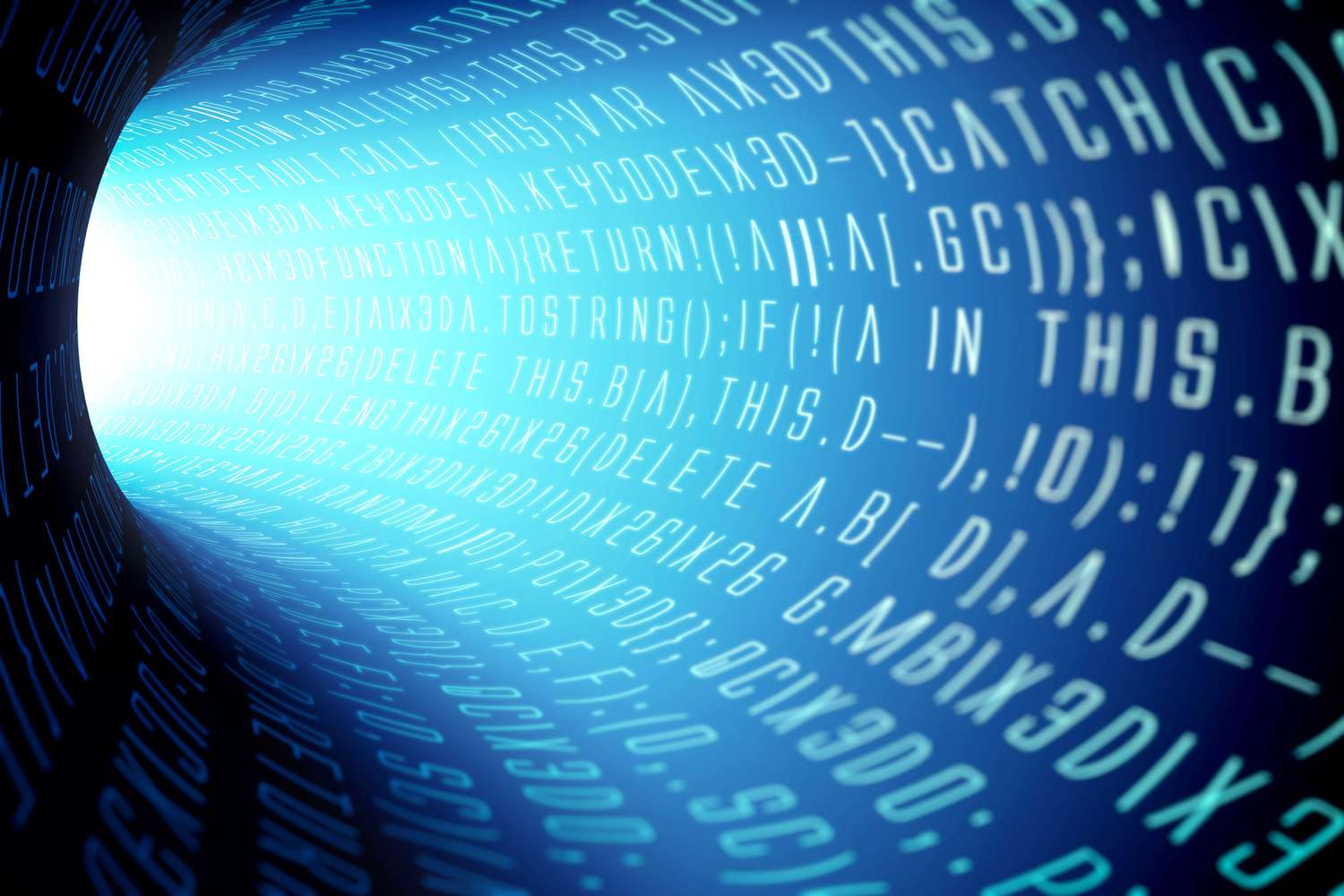
Just like humans communicate in different languages, computers have their own languages too.
These languages, such as Python, Java, or JavaScript, allow programmers to convey their instructions to the computer effectively.
Think of it as having a conversation with your tech-savvy buddy.
Binary Code:
Computers communicate using binary code, consisting of 0s and 1s.
Binary represents the fundamental language for representing and processing data in computers.
Programming Languages:
Higher-level programming languages (e.g., Python, Java) are used for human-readable coding.
3:Breaking it Down: Algorithms
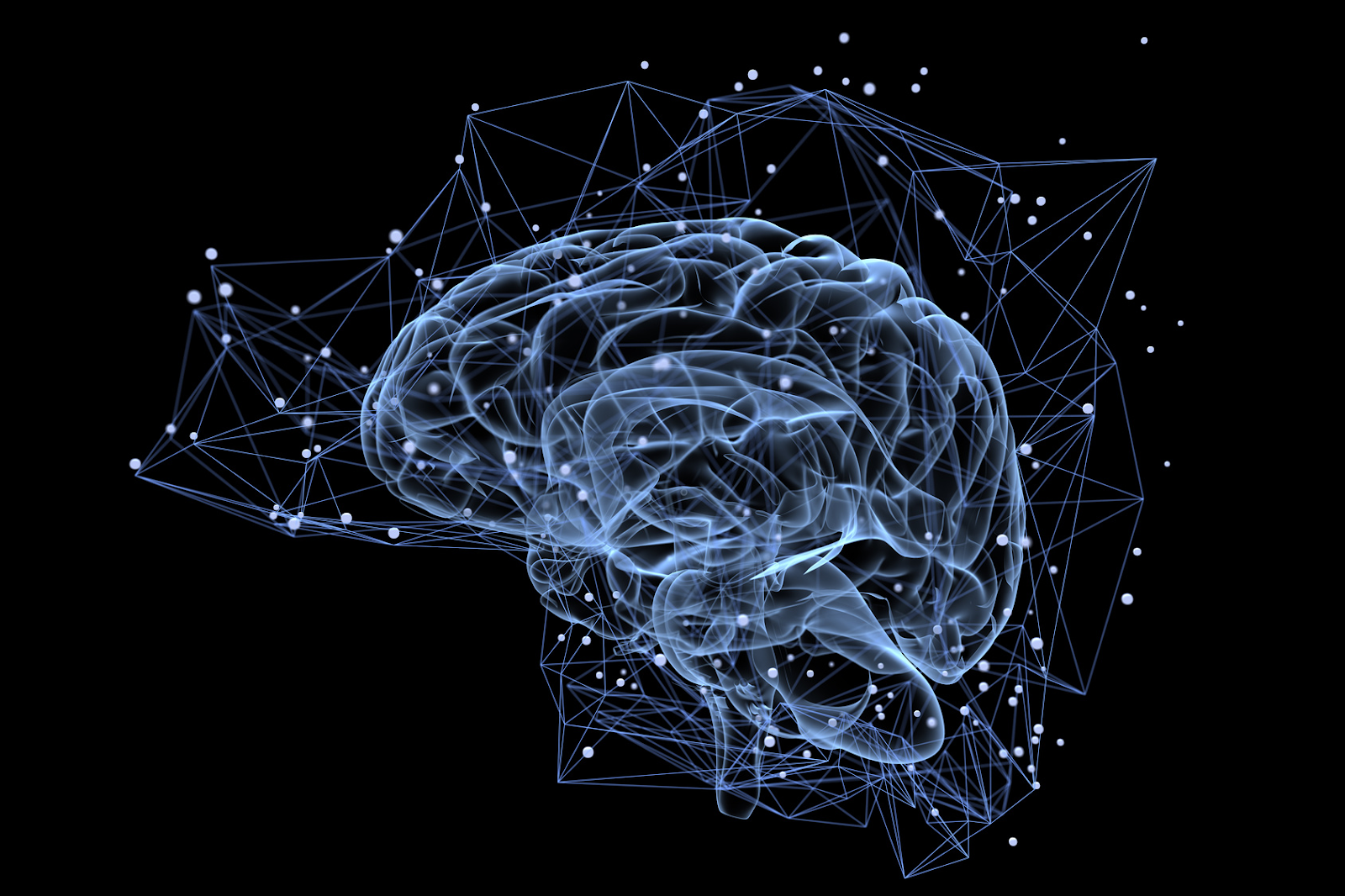
Now, let's talk about algorithms. Don't let the word scare you! An algorithm is simply a fancy term for a set of rules or steps to solve a particular problem.
It's like following a recipe to bake cookies—step by step, until you achieve the delicious result.
Key Components:
Input: Algorithms take some input, whether it's data, values, or some initial information.
Output: After processing the input through a series of steps, the algorithm produces an output, providing a solution to the problem.
4:Coding: The Art of Writing Instructions

Coding is the process of translating our human-friendly thoughts into a language that computers understand.
It's akin to writing a letter to your computer, explaining what you want it to do.
The better you express yourself, the smoother the interaction.
Creative Expression:
Coding is a form of creative expression, where you use a programming language to articulate your ideas and solutions.
Problem-Solving:
At its core, coding is about solving problems. You identify a challenge, break it down into smaller pieces, and then use code to address each piece
5:Problem-Solving Magic
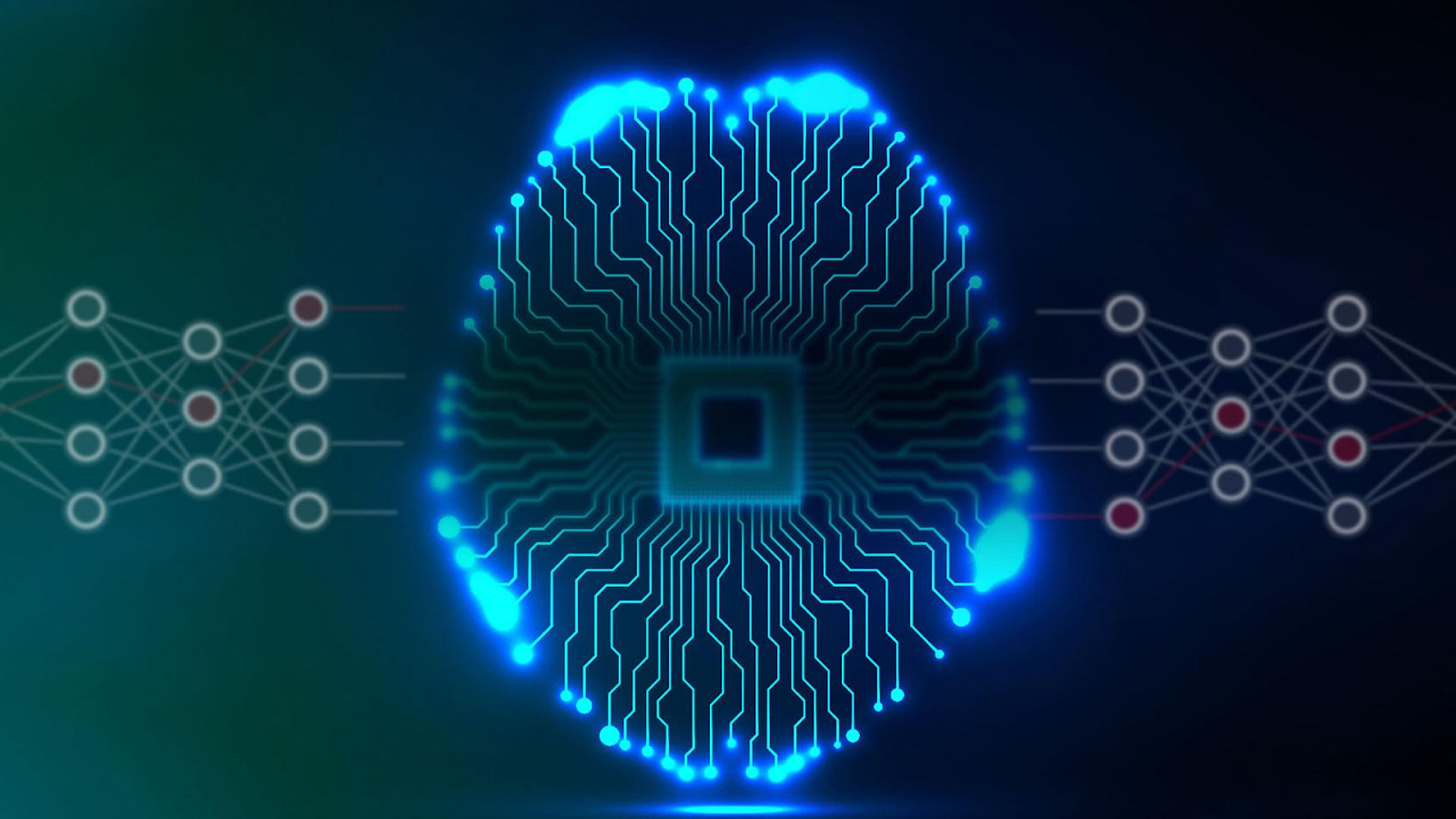
Computer programming is all about problem-solving.
Whether it's creating a game, designing a website, or automating tasks, programmers use their skills to tackle challenges and make the digital world work seamlessly
.Ah, the magic of problem-solving in the world of coding—it's like being a wizard conjuring solutions out of thin air.
Let's uncover the enchantment:
Identifying the Spell (Problem):
Like a wizard recognizing a magical challenge, a coder first identifies the problem to be solved. It could be a bug, an inefficiency, or a new feature to be implemented.
6:The Playground: Integrated Development Environments (IDEs)
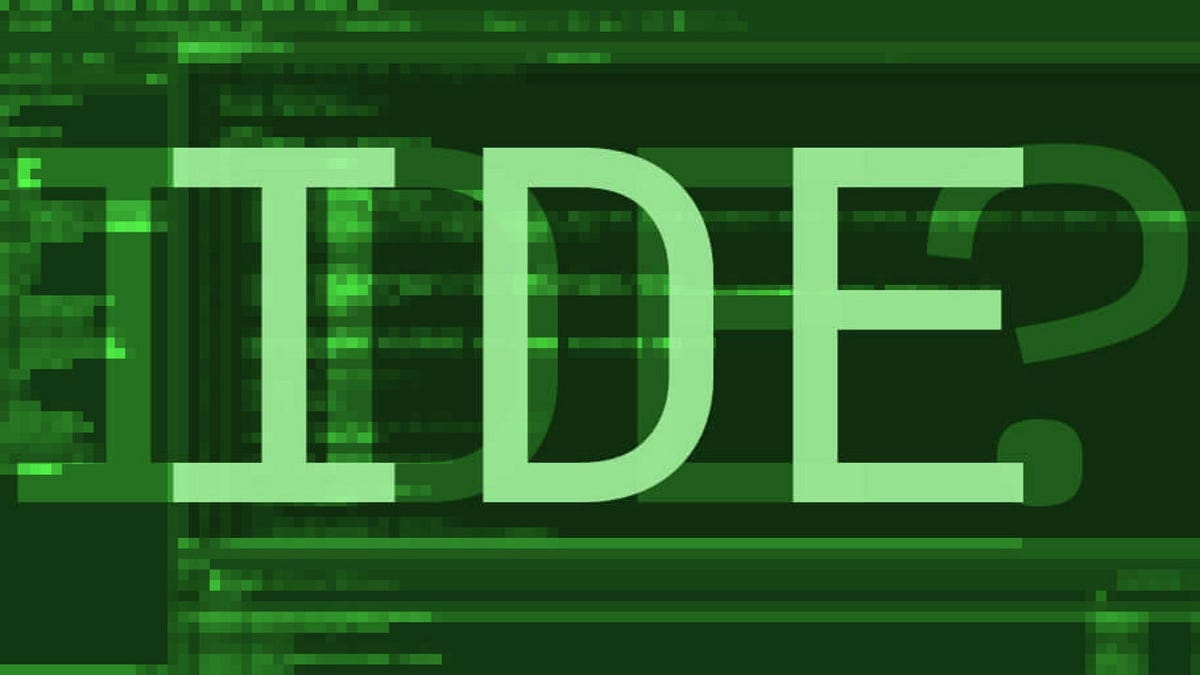
Imagine a magical workshop where programmers craft their spells—that's an Integrated Development Environment (IDE).
It's a special place where they write, edit, and test their code to ensure it works like a charm.
Code Crafting Hub:
An IDE is like a cosy workshop where coders craft their digital creations. It provides a central space for writing, testing, and debugging code.
All-in-One Magic:
IDEs are all-in-one tools, bundling features like code editors, debuggers, and compilers. It's like having a magical toolbox with everything you need.
7:Teamwork Makes the Dream Work

Just like a team of superheroes, programmers often work together to achieve grand goals.
Collaboration is key, as different minds bring diverse perspectives, leading to innovative solutions and incredible creations.
Absolutely! Teamwork is like the secret sauce that adds flavour to the coding adventure. Let's explore how collaboration makes the dream work in the world of coding.
Divide and conquer:
Teams often break down large projects into smaller tasks. It's like dividing a magical quest into manageable missions, with each member focused on a specific aspect.
Code Symphony:
Collaborating on code is akin to composing a symphony. Each team member contributes their part, and together, they create a harmonious piece of software.
8:Continuous Learning: The Ever-Expanding Universe
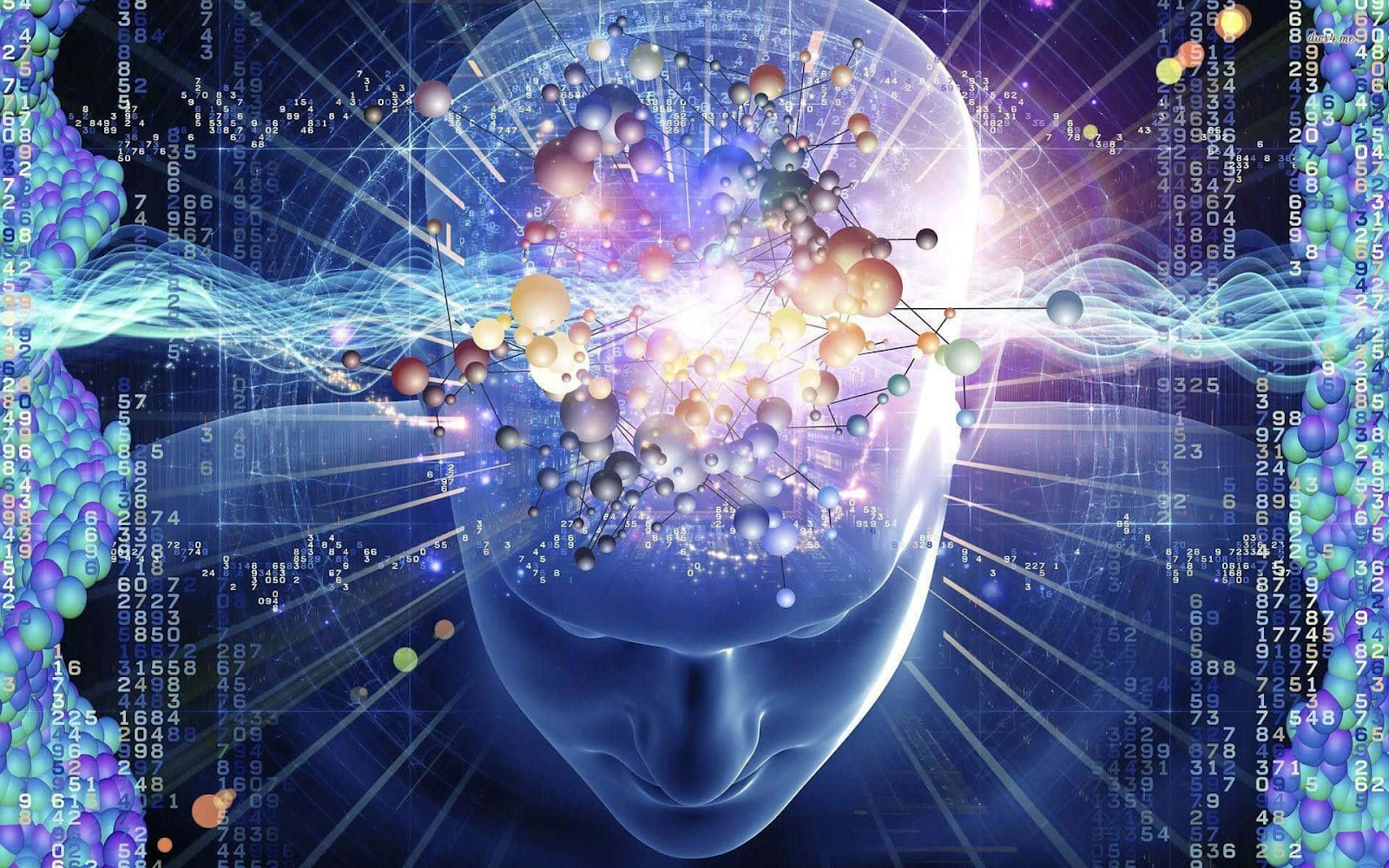
The world of computer programming is vast, with new languages, tools, and techniques emerging regularly.
But fret not; learning to code is a journey, not a destination. Embrace the process, and you'll unlock endless possibilities.
Eternal Quest for Knowledge:
Continuous learning in coding is like embarking on an eternal quest for magical artefacts. There's always a new language, framework, or technique to discover.
Mentor Wizards:
Mentors are likewise wizards who guide apprentices on their journey. Their experience and insights are the lanterns that light the path of learning.
conclusion:
Computer programming is not a mystical art reserved for a chosen few.
It's a fascinating, accessible world where anyone can become a digital sorcerer with a bit of curiosity and the willingness to learn.
So, go ahead, dive in, and let the magic of coding unfold before you!
Add comment
Please login to add or edit your comment
Login nowPost comments
No comments added yet!